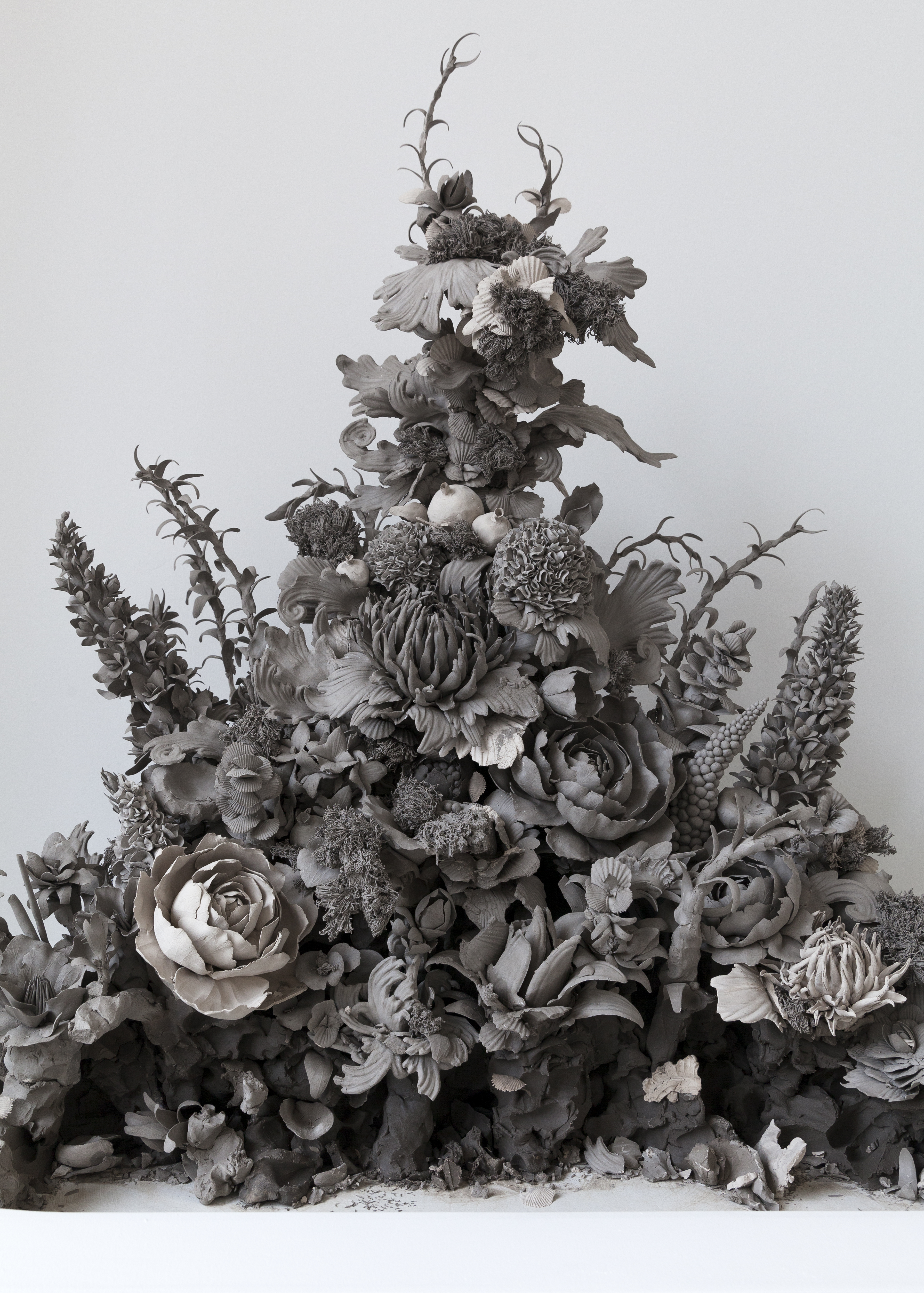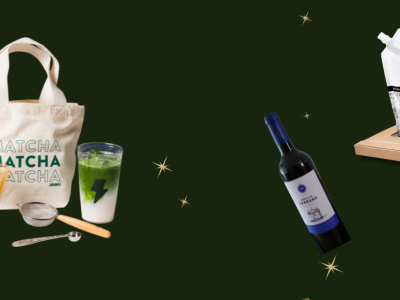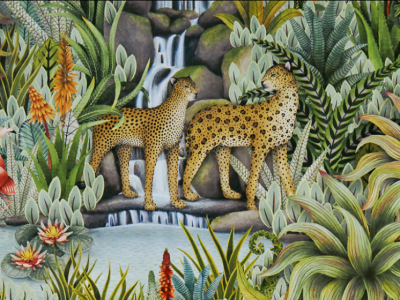What is craft and why does it matter? It’s a vocation, a tradition, a process, a skill, an ideology, a product, a necessity, a meditation. It’s a £3.4bn contribution to the UK economy. For potter Edmund de Waal, craft is about “the value of things, the values in things”. For writer Teleri Lloyd-Jones, it’s “a language of material, provenance and making”. For artist Grayson Perry, “craft and tradition are very firmly linked and that must not be denied”. There is an inexhaustible scope of what craft can be. Not only does craft have a place in everyday life, it also underpins industry in virtually every sector nationwide: from traditional material and skill to progressive artistic practice; from craft within the digital realm to the wider role of craft in industry.
The story of craft at the V&A is no less broad. It is not owned by one department or discipline at the V&A, but evident right across our collections and throughout the fabric of our building. The V&A was built on the wonder of craft: education for the designer and manufacturer was at the heart of our founding mission; one of our most influential founding forces, the 1851 Great Exhibition, was an international celebration of making, both industrial and artisanal; one of craft’s great advocates, William Morris, was an important figure shaping the museum’s collections and interiors; and our collections brim with fine craft skill.








